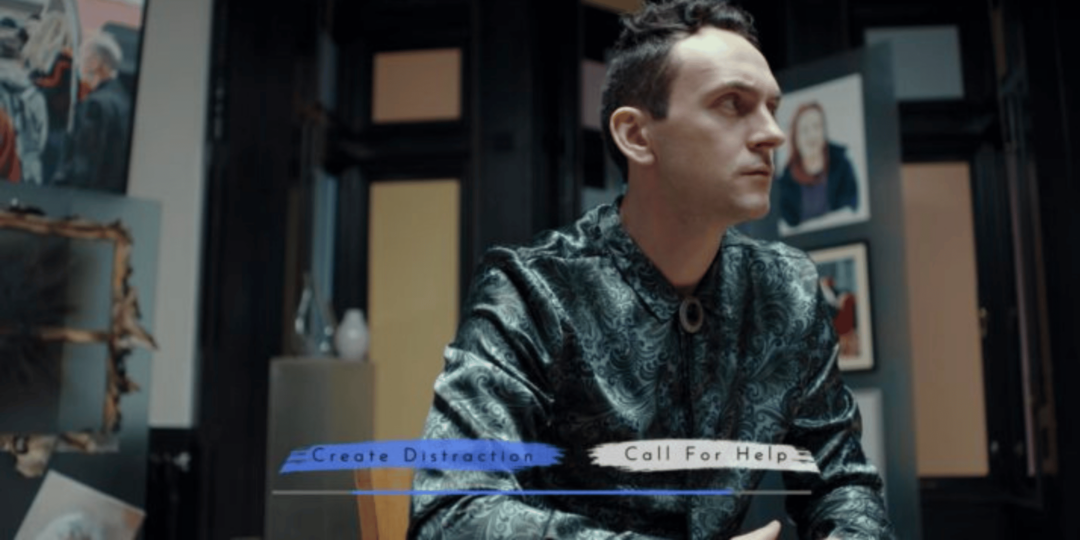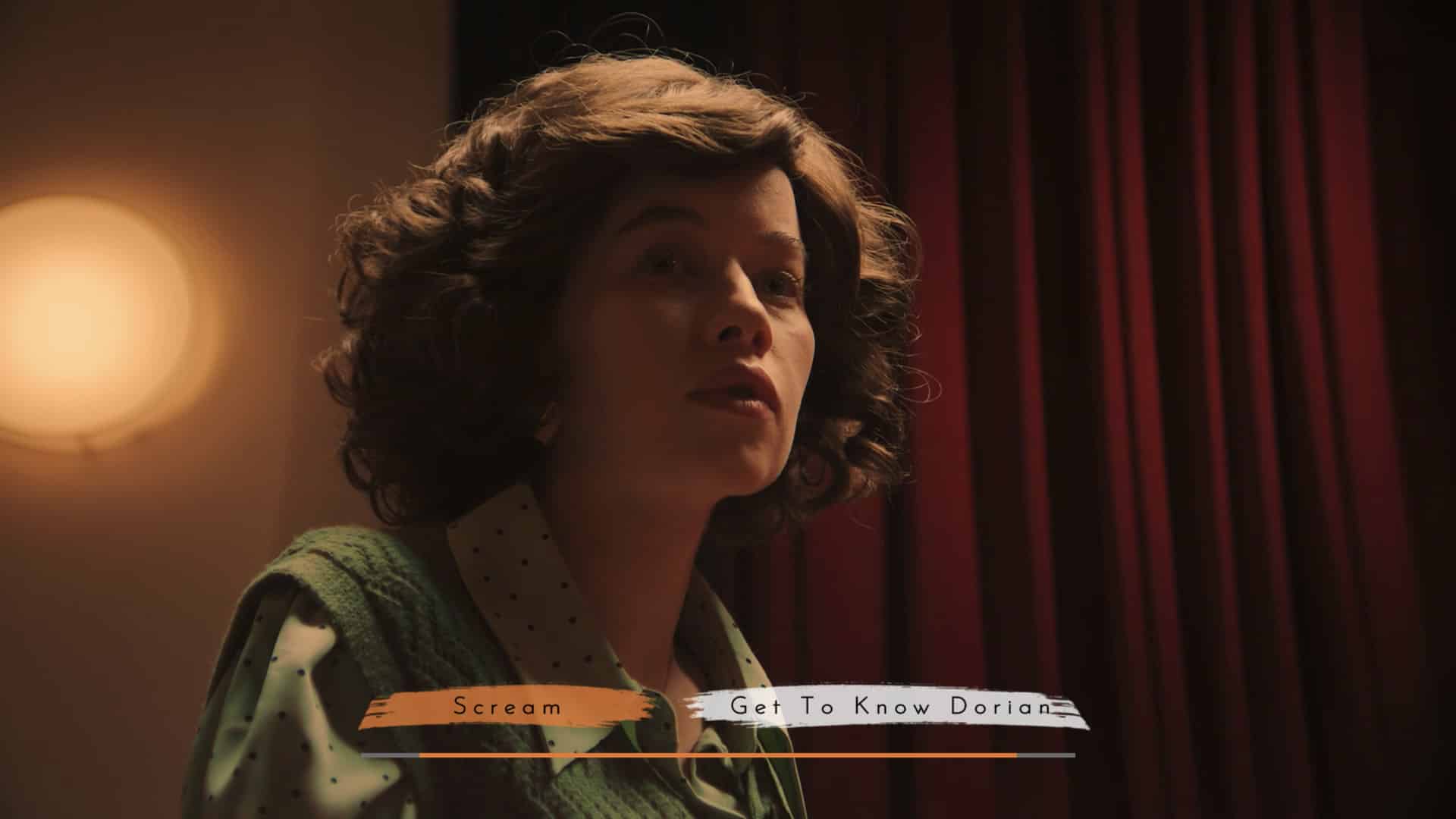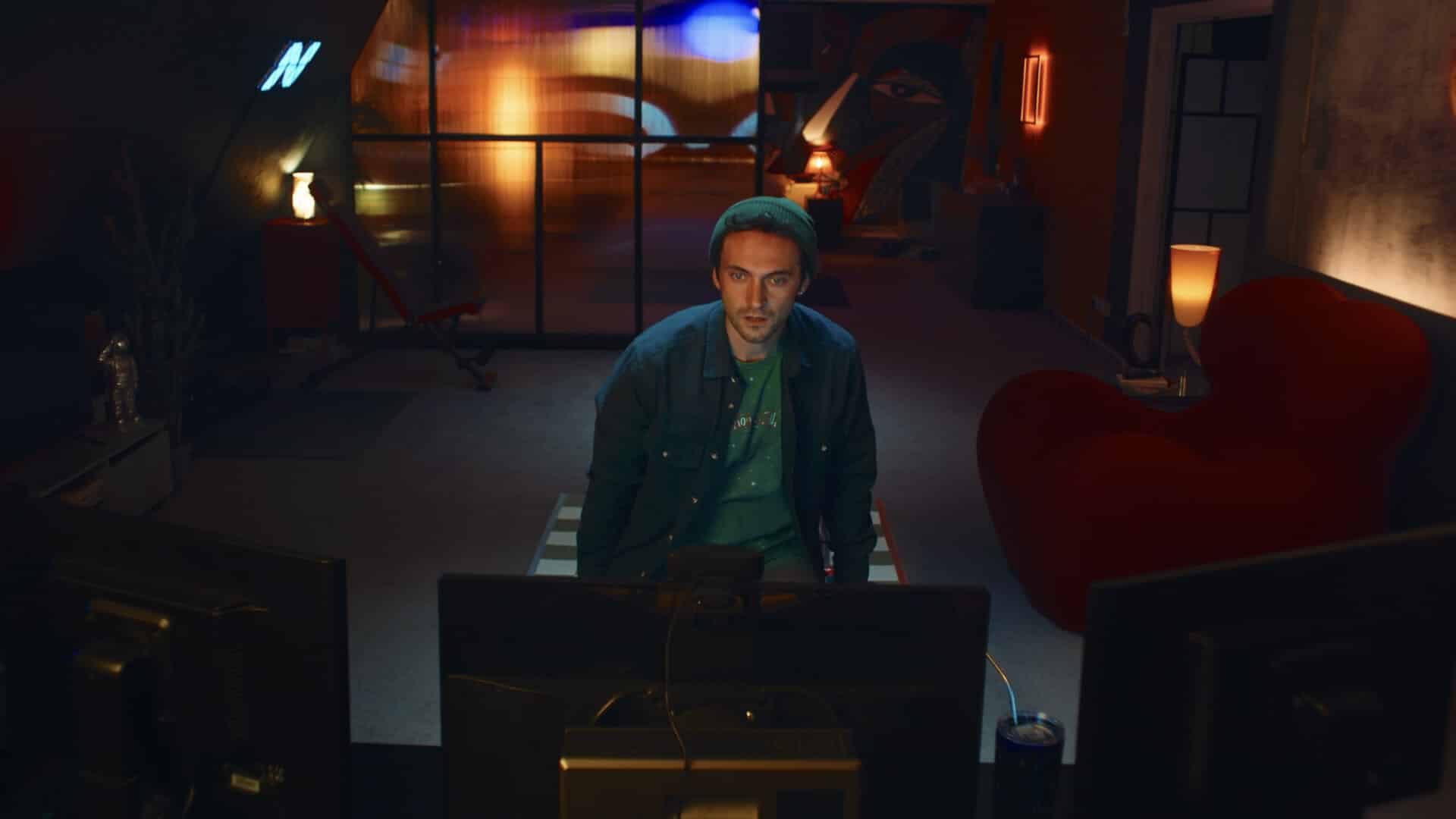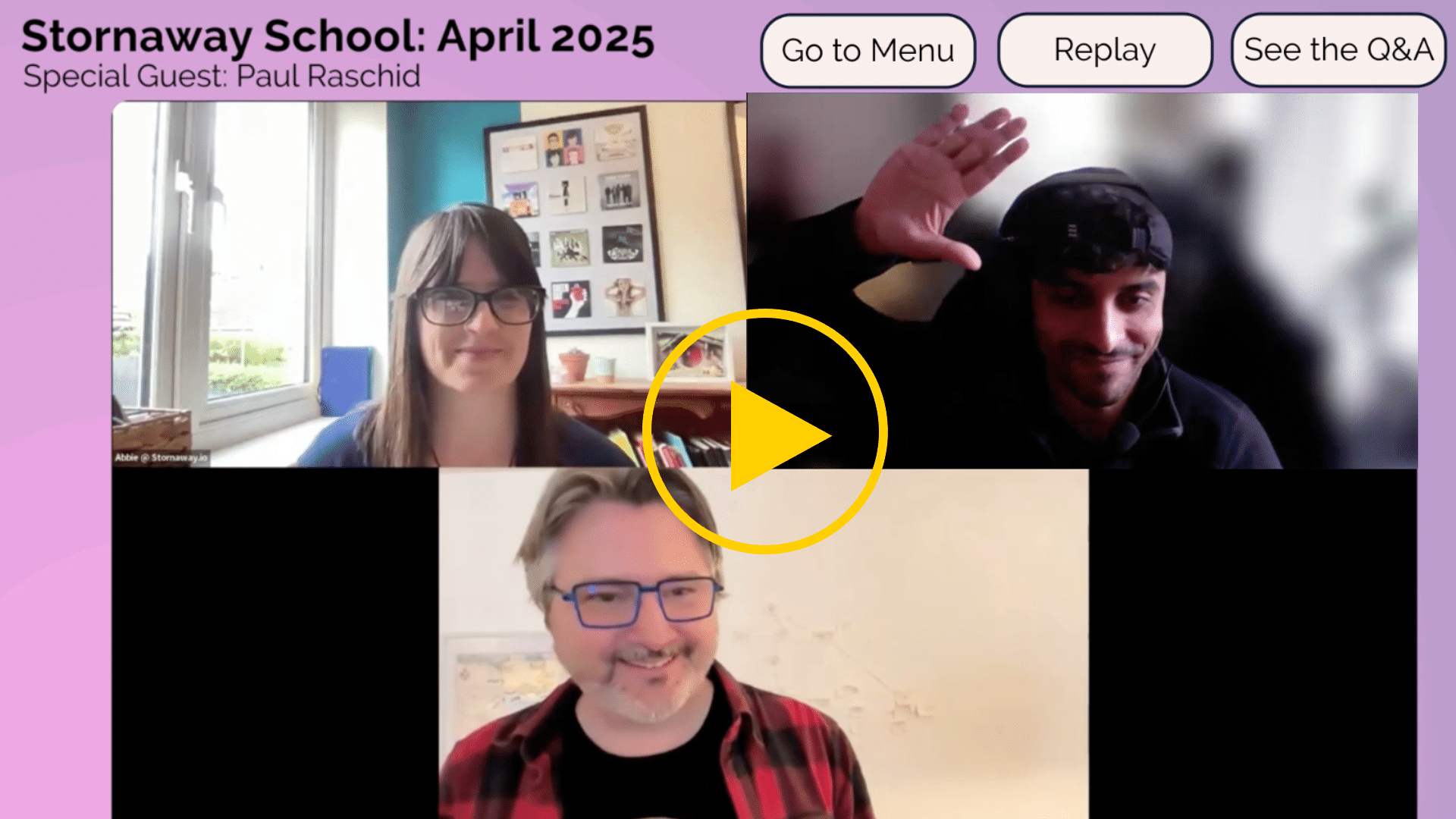by Brock Horning | May 2025
As one of the UK’s most prolific interactive filmmakers, we’ve held many talks and discussions with Paul Raschid – both on and off screen. Every time, Paul reveals interesting, insightful and inspiring thoughts and tips about interactive filmmaking that will benefit any content creator.
We booked him in for April’s Stornaway School so that he could share these insights first-hand. Here are our top moments from the session for anyone who missed out.
Hello Stranger - blending film and game like never before
For many people (and perhaps for you too), when someone says ‘interactive TV’, thoughts head to Black Mirror: Bandersnatch. Netflix’s much-publicized entry into the Black Mirror anthology attracted a lot of attention and re-introduced many people to interactive entertainment separate from video gaming.
However, the world of interactive film and TV is much bigger than this one episode. A growing appetite for interactive content, especially from a generation used to interacting with media rather than simply watching it, is fuelling filmmakers specializing in interactive movies. And it’s heading in new and exciting directions.
The trailer for Paul Raschid new interactive feature film, Hello Stranger
Paul Raschid’s new interactive movie release, Hello Stranger, has four different modes to adapt the experience to the viewer. Are you watching solo? Try the timed choices for a more intense, immersive experience. But if you’re watching in a group, paused choices will give you time to chat and discuss your options. If you prefer movies, watch ‘Hello Stranger’ like a traditional interactive film, but if you like gaming, add a layer of mini-games directly into the storyline.
This way, a more relevant and enjoyable experience is guaranteed.
Interactive filmmaking tips from Paul Raschid
Is it a film? Is it a game? No, it’s a combination of both.
Interactive video can technically fall anywhere between a linear movie and a video game. However, when filmmakers are creating interactive movies, it’s tempting to pick one of these two extremes. Am I trying to appeal to film-goers or gamers? Paul revealed that this approach is unhelpful.
A unique audience interested in interactive films is growing and is on the lookout for high-quality features. There’s also a subsection of both film and gaming audiences that enjoy interactive content. The key difference is in how each audience typically engages with the film. While film audiences are more likely to play it through once or twice, gamers are generally more interested in replaying the story to get different storylines and endings.
This difference was the inspiration behind developing different viewing modes.

A decision moment during The Gallery. An interactive feature film directed by Paul Raschid
Embrace a communal approach to storytelling
A linear film, particularly at the cinema, doesn’t allow a connection with the audience. It’s a room with strangers experiencing a movie individually in the darkness. Yet when the film is interactive, the audience builds the story together, and there’s a connection between the people watching, whether they know each other or not.
When screening Paul’s films in a cinema, audiences are given two glowsticks to indicate which decision they’d like to opt for. Think Ready Steady Cook if you’re old enough. Paul actively avoids voting apps or anything that requires a mobile. Skipping the second screen keeps audiences immersed in the experience and with those around them.
“I didn’t want people to take their eyes off the screen. When you’re gaming or even when you’re changing the channel with your controller, you don’t actually take your eyes off the screen.”
This is another benefit to the different story modes. Decision moments are paused during the group viewings to allow audiences to discuss among themselves or give time to tally votes. A great alternative to linear film that cinemas could capitalize on.
Capitalize on the different storytelling techniques available to you
Have you ever watched a horror film and rolled your eyes when the solo protagonist goes to discover the source of the creepy noise rather than run for the hills? Well, now you can give the audience that choice and play with their expectations.

A decision moment during The Gallery. An interactive feature film directed by Paul Raschid
“You have this whole new set of storytelling tools that traditional filmmakers don’t have. You can add stakes and jeopardy on a completely different dimension. You don’t have that when it’s a linear film and the audience has no agency.”
Interactive film opens up a new raft of storytelling techniques that can draw your audience deeper into your story – so use them! Viewers can become more invested and engaged in the story and outcome for the characters because they are making the decisions for them. This heightens the sense of jeopardy and raises the stakes.
It also lets audiences explore different outcomes and resolutions that open up the sense of the possible. (More on ‘optional thinking’ here)
And it all starts with a story map
On a more practical pre-production note, Paul strongly recommends starting by mapping out your story before getting the script going.
“When building these matrix-like stories, you need to know if it’s actually playable before you start filming. It’s a chance to check your logic and make sure that what you’re doing is actually working.”
Once the story map is in place, play through the shortest possible route and the longest possible route to see the two extremes and whether they make a great experience.
This core story map becomes your blueprint. It’s the easiest way to get your cast and crew on the same page and an essential reference point to fall back on during filming.
Watch Paul Raschid’s guest appearance at April’s Stornaway School
“Stornaway.io has revolutionised my way of working.”
Stornaway lets interactive filmmakers instantly playtest the story in real-time. This makes it an essential tool before, during and after production to put you in the audience’s shoes. As Paul himself, it’s revolutionary!
Start mapping out your interactive project or get inspired by Paul’s new release, Hello Stranger.


